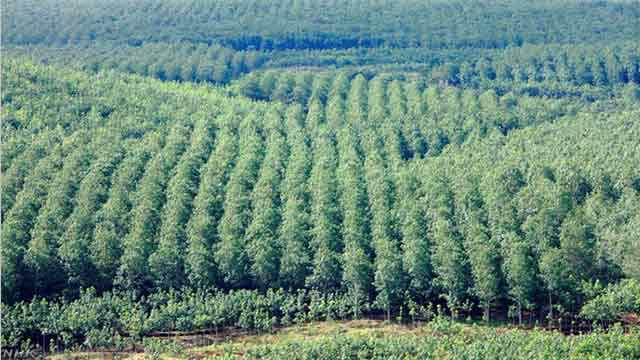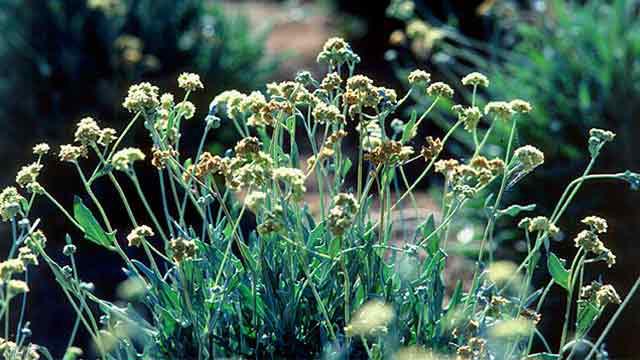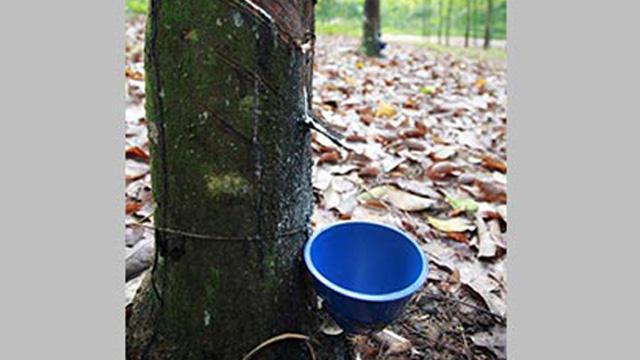How long will natural rubber cultivation last?
About 12 million tons of natural rubber is produced around the world every year. Despite the spread in the use of synthetic rubbers, which are made of crude oil, tires for large vehicles and aircraft are mostly made only of natural rubber.
Natural rubber is made from latex harvested from Para rubber trees. Indonesia's rubber plantation area is the world's largest, with 3.6 million hectares. It's followed by Thailand, with 3.1 million hectares. The 2 countries combined account for about half of the world's rubber plantation area. It is believed that 90 percent of the cultivation area lies in Southeast Asia.

Rubber tree plantations developed mostly in Southeast Asia due to the advantages of having cultivation concentrated in one region, such as lower costs and higher production efficiency. But this concentration is threatening the sustainability of the natural rubber supply.
For instance, supplies could be disrupted by large-scale natural disasters or political unrest. The largest concern is the risk of disease.
Rubber trees mostly wiped out in their native lands
Until the 19th century, Brazil was the largest producer of natural rubber. But that changed due to an outbreak of a fungal disease called South American leaf blight. As trees are grown close to each other, the disease spread before it was caught.
The disease repeatedly hit production areas in South America in the 1900s, destroying most of the Para rubber trees in the region. Henry Ford, the founder of US automobile company Ford, opened a rubber plantation in Brazil to produce raw materials for tires, but withdrew from the land in 1945. Devastating damage from the disease is believed to be one reason behind his decision.
Diseases could affect Southeast Asia
Experts warn that devastation by rubber tree diseases is not a thing of the past.
Professor Keiko Natsuaki of the Tokyo University of Agriculture says South American leaf blight has not been eliminated, so there could be another breakout at any time. She says there's always a risk of the disease reaching Southeast Asia, as people and things can travel freely across the globe on airplanes.
Some parts of Southeast Asia have suffered outbreaks of white root disease, another fungal disease that also kills trees. Fortunately, South American leaf blight has not yet appeared in the region. But if it does, its impact will be tremendous, as most of the world's rubber trees are concentrated there.
Japan's Bridgestone, which holds the top share in the global tire market, runs a rubber plantation in Southeast Asia. It is carrying out studies to develop tree varieties that are resistant to disease. The company is also analyzing satellite images to quickly detect outbreaks of white root disease, and studying rubber tree latex to find a way to prevent outbreaks.
Developing a material that's better than rubber
The development of alternative materials is happening at a rapid pace. Bridgestone unveiled its creation in May. At a ceremony, its developer Shojiro Kaita called the new material unprecedented and groundbreaking.
His brainchild is a hybrid material that combines synthetic rubber and resin at a molecular level. The polymer is the first of its kind, and extremely strong. It has 5 times more crack resistance and 2.5 times more abrasion resistance than natural rubber, which is known for its durability.
Bridgestone is set on making prototype tires using this material, and hopes to put them on the market in the 2020s. Kaida said natural rubber is an important material, but his company must take measures given the uncertain sustainability of its supply. He stressed that the project was not only aimed at making a material stronger than rubber.
Rubber from dandelions
To further avert risks, researchers are pushing ahead studies to derive raw materials for natural rubber from plants other than Para rubber trees.

A major alternative source is a tree called Guayule. It grows in dry lands, so it can be cultivated in areas away from tropical regions where rubber trees grow. Researchers are now trying to develop varieties that contain more rubber, as well as technologies to extract it.
Japanese tire maker Sumitomo Rubber Industries is aiming to produce tires using natural rubber extracted from Russian dandelions, which can grow in any environment. Studies are also underway to enhance the quality of synthetic rubber made from crude oil.
Research is being done to address the possible extinction of Para rubber trees. Someday, an alternative to rubber may be developed from various sources.
